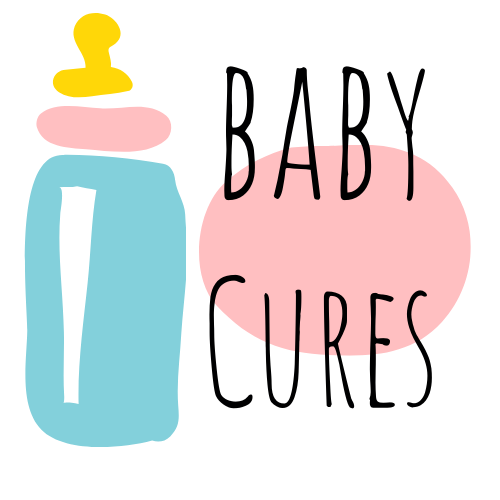The First Months for Baby
Kids undergo completely different levels of play as they develop and grow. Very young infants only have the ability to attend to 1 object at a time. As soon as an object is out of their sight, it’s rapidly forgotten. Infants play by themselves because they’re so busy exploring and discovering their new world. Each new object or scenario that’s introduced is a brand new learning opportunity for the baby. This very first stage of play is known as “Solitary Play” or independent play. They’re totally engaged in gathering info and storing it for further use. This stage of play lasts till sometime around 9 months. This can be a very self centered time for the growing baby.

The Toddler Years
The second stage of play begins to ripen in slightly older kids often by the point a baby is 2 years of age. “Parallel Play” is typical of this age and period of development. This type of play includes two or more kids in the same room. They’re curious about the same toys and each see the toy as belonging to them. Therefore they may be in the same area and play with similar toys, however they don’t play together. They’re taking part in along side one another simply because they’re in the same space.
When kids extend their knowledge and play experiences they move into “Associative Play”. During this period, three and four year old children start playing together however it’s a loosely organized style. The more mature little one soon emerges as the leader or organizer in this stage of play. They see themselves as having the ability and in a position to tell others what to do, the younger child seldom questions this authority that the more mature child has cultivated.
Pre-Kinder Years

Lastly the kid expands into “Cooperative Play” somewhere between the ages of 4 or 5. Cooperative play takes place between two or more children as they develop and grow socially and emotionally. In cooperative play, kids trade ideas about the game or the toy they’re playing with at that period of time. Guidelines tend to nonetheless be very loosely constructed, however kids know who’s playing which role in their game. Play could last just a few minutes or it might stretch out for longer periods of time. Progressively they learn to respect the property rights of others. This can be a clue that they’re gaining social skills; at this same time they start to grasp that they need permission to play with certain things and certain people. They’re additionally more prepared to share their toys for the sake of the game. Communication in regards to the play is the important part of cooperative play.
It is very important observe that kids differ widely in response to birth order within their own families. Girls and boys develop in different ways at completely different stages of their life, so there’s by no means complete adherence to any of these exact ages. Not all kids move through the phases at the same rate, as a result of kids who have more life experiences are likely to emerge as leaders or organizers at younger ages. Confidence, shyness, and other character traits factor into these phases of play.
All images sourced from Amazon.com

